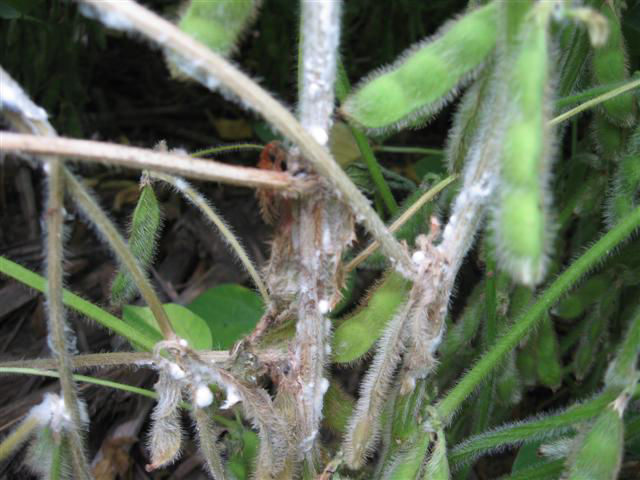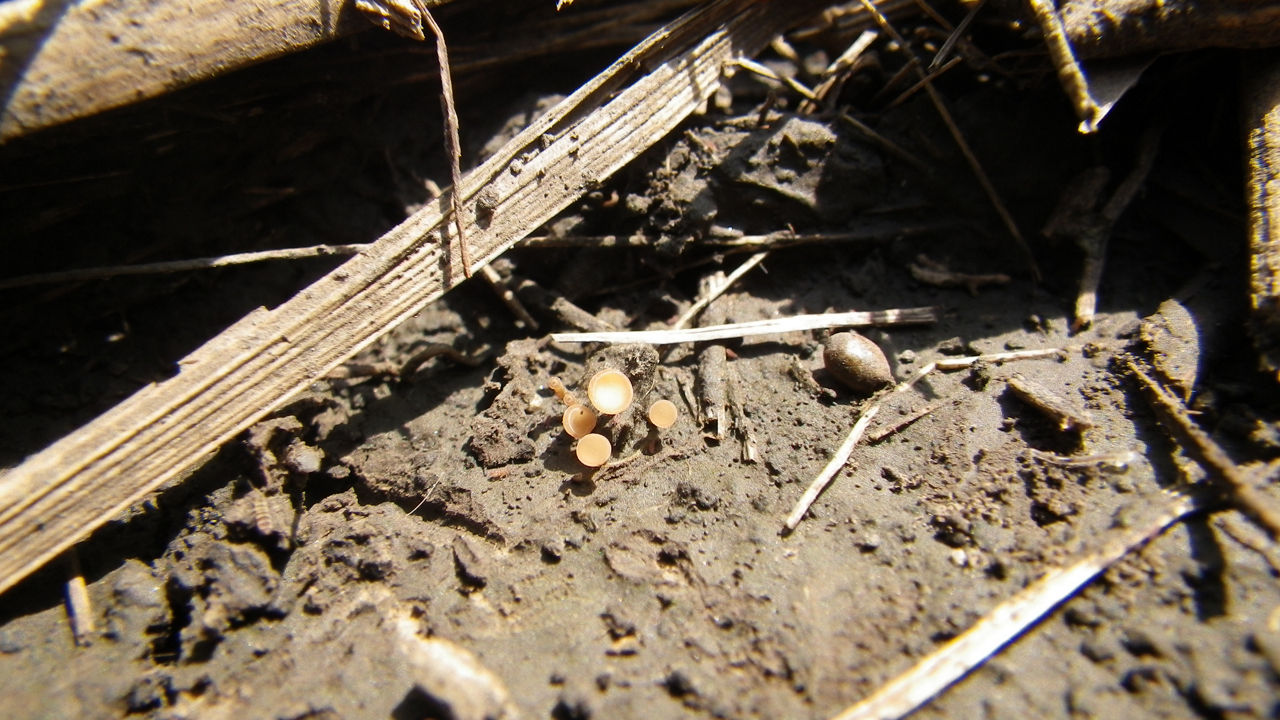4 MIN READ
Managing White Mold
May 3, 2022
White mold (Figure 1) management is challenging when favorable growing conditions like moist soils, and a damp and humid environment are present in a field. Management strategies should be in a plan before the season starts and based on field history and integrated with tactics that include soybean product tolerance, cultural practices, and chemical control options.

Considerations to help manage the risk of white mold development include:
White mold sclerotia can remain viable in the soil for many years. Therefore, if a field has a history of white mold pressure, there will be plenty of inoculum in the soil from the previous season that could infect a soybean field if weather conditions are favorable for pathogen infection and disease development.
In fields with a history of white mold, the selection of a soybean product with solid white mold tolerance should be planted. Host tolerance is the foundation of a white mold management plan.
Row spacing is a balancing act. Wide (30-inch) rows have been shown to reduce the amount of white mold infections because it allows for more air flow which helps dry out the lower canopy. However, since 30-inch rows canopy slower, consideration should be given to the herbicide program.
Reducing plant population, like row spacing, helps with air flow. Work with your local agronomist to determine the best population and utilize Climate FieldView™ platform to help create a planting script.
Create an in-season scouting and crop protection plan.
Since white mold infects through the flower, about R1 growth stage, the University of Wisconsin’s Nutrient and Pest Management Program “Sporecaster App” can be utilized along with field scouting to help predict the risk level for white mold development (Figure 2). What you’re looking for is the tiny (about 0.25 inch) apothecia that shoot out spores that land on the flowers (Figure 3). The apothecia can be hard to find; therefore, if there is a history of white mold, soil is moist, the lower canopy is wet late into the day, and flowers are present, the risk for white mold infection is high.


After infection, there is no way to prevent white mold from spreading throughout the plant. Therefore, being proactive to reduce the number of plants infected is the only option. After scouting and a high risk of infection is determined, a proactive fungicide application prior to infection is the best option. Bayer has multiple fungicides, such as Delaro® Complete fungicide, that can help suppress white mold infection. When spraying a fungicide, it is protecting the flowers present at the time of application; therefore, it is recommended to spray at R1 (when 80% of the plants have flowers) to protect as many flowers as possible followed by an R3 application to protect any plant tissue from secondary white mold infections and also the infection of foliar diseases.
Contact your Seedsman to learn more about your local recommendations for white mold management.
Nathan Falk
Technical Agronomist
Source:
1The white mold forecaster. Sporecaster. Integrated Pest and Crop Management. University of Wisconsin-Madison.
Legal Statements
ALWAYS READ AND FOLLOW PESTICIDE LABEL DIRECTIONS. Performance may vary, from location to location and from year to year, as local growing, soil and weather conditions may vary. Growers should evaluate data from multiple locations and years whenever possible and should consider the impacts of these conditions on the grower’s fields.
Not all products are registered for use in all states and may be subject to use restrictions. The distribution, sale, or use of an unregistered pesticide is a violation of federal and/or state law and is strictly prohibited. Check with your local dealer or representative for the product registration status in your state. Channel® and the Arrow Design® and Seedsmanship At Work® are registered trademarks of Channel Bio, LLC. Bayer, Bayer Cross and Delaro® are registered trademarks of Bayer Group. All other trademarks are the property of their respective owners. ©2022 Bayer Group. All rights reserved.